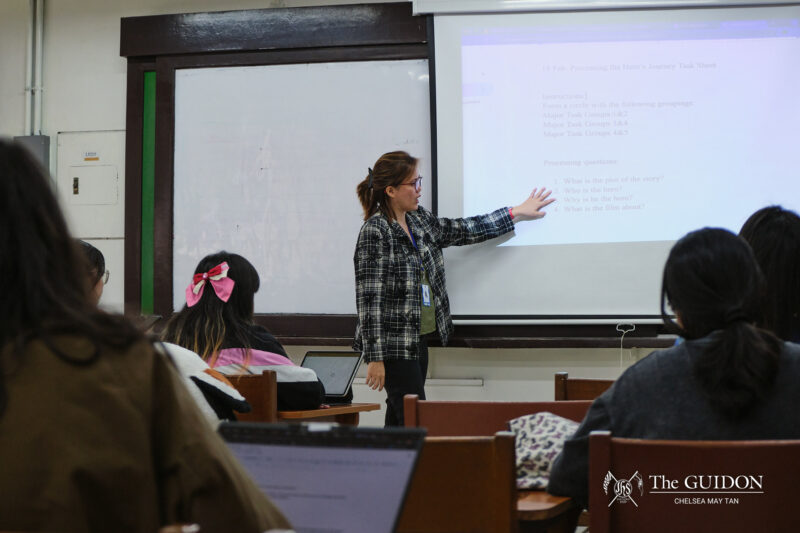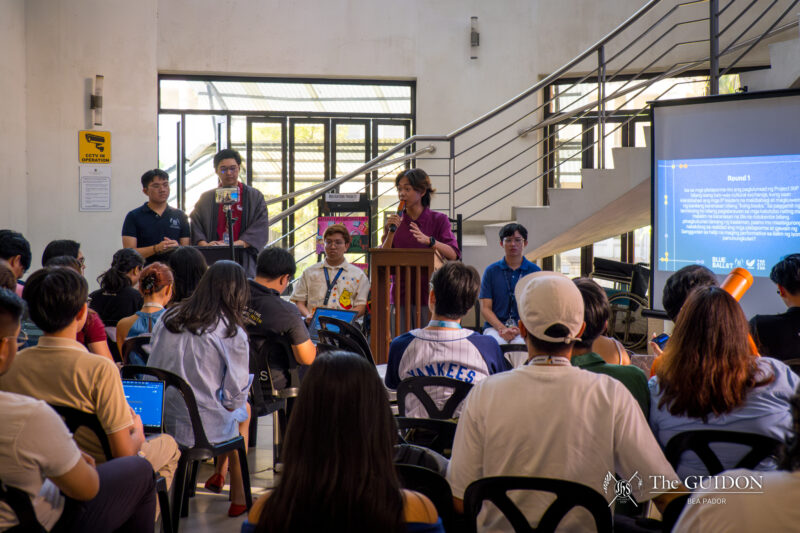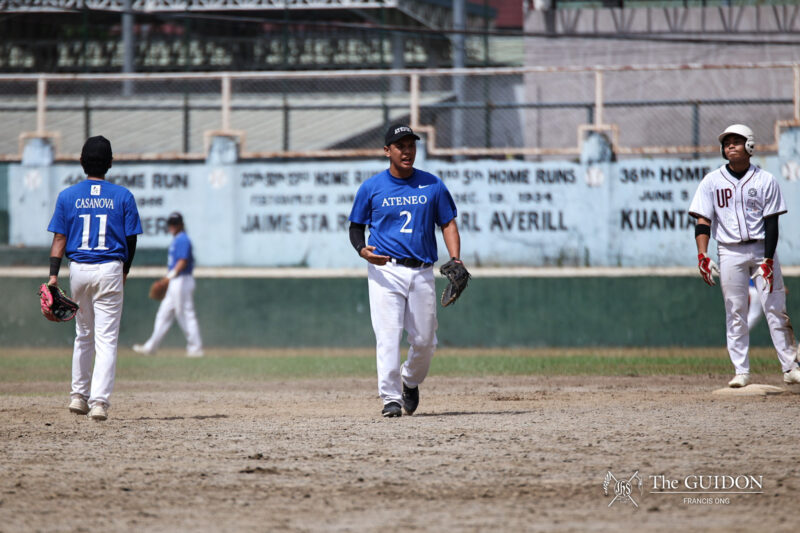WHILE MOST scholarships are granted based on a student’s academic standing, the University’s athletic scholarships are granted to student-athletes who have garnered accolades and showed superior athletic ability in sports competitions prior to entering Ateneo. Additionally, these athletes must be recommended by the team’s coaches for their respective sports.
However, the COVID-19 pandemic suspended collegiate sports competitions, causing some athletic scholars to become inactive in their sport, and making it harder for the University to justify the funds needed for these student-athletes. Given these circumstances, some athletes may struggle to financially support their education, especially at a time when making ends meet is harder. As student-athletes remain sidelined, the state of their scholarships should be scrutinized for these scholars’ welfare.
No student left behind
While student-athletes await the return of sports competitions, financial constraints have forced some private universities to terminate some athletic scholarships. Last year, the University of Santo Tomas revoked at least 30 athletic scholarships for the First Semester of SY 2020-2021.
Despite some universities’ downsizing measures, University Athletics Office (UAO) Director Emmanuel Fernandez ensured that Ateneo’s athletic scholars will not lose their scholarships. “It’s a commitment of the school, and the school will honor that,” he said.
As of press time, the budget for athletic scholarships comes from three main sources: The University’s Central Administration (CA), the athletic fee in the Loyola Schools (LS) students’ tuition, and a portion of the UAAP’s ticket sales and financial shares. However, the UAAP’s indefinite suspension means that Ateneo lost a third of its athletic scholarship funds for the past two years. Although Ateneo could have received some funds from its short stint in UAAP Season 82, the league used the money to financially assist its officials that worked during that period instead, Fernandez shared.
Despite this setback, the University is able to retain the current number of athletic scholarships through the remaining two sources: the University’s CA and the LS tuition. Fernandez noted that with the shift to online learning, the UAO saved on dormitory expenses for its athletes. However, athletic scholarships for future athletes may be sparse, as the question of finances will remain in the foreseeable future. “The scholarships we give out really [depend] on the number that we will be allowed from our budget,” shared Fernandez.
While collegiate sports tournaments are currently on hold, Fernandez said that the justification for continuing the University’s athletic programs and scholarships hinges on virtual trainings. “We have to show [the administration] that the teams are still functioning. It’s harder, but we are trying to make sure that the student-athletes still get the proper training that they can get. Hopefully it’s working,” he said.
In order to sustain the training of student-athletes, Fernandez explained that the UAO still pays coaches to train their respective teams through the funds derived from the athletic fee in LS students’ tuitions. He adds that it is Ateneo’s commitment to provide scholar athletes with the opportunity to play.
Taking full advantage
Despite the UAO’s reduced financial capacity, Men’s Swimming Team Captain Aki Cariño said that the team did not experience a budget cut in their program. “[The coaches] assured us in some way that Ateneo will take care of us,” he said. Similarly, Angel Gino-Gino, an Ateneo Women’s Basketball Team (AWBT) junior, expressed that the UAO had been responsive to questions concerning scholarships.
As full athletic scholars, Cariño and Gino-Gino appreciate their grants, since these helped them pursue their studies. “I look at the scholarship opportunity as a blessing, because during this pandemic, not all are fortunate enough to be able to go to school even in the online setting, let alone have it be paid for,” Gino-Gino said.
In order to fulfill a part of her commitment to her scholarship, Gino-Gino continues to attend training regularly. “I use it [my scholarship] as a reminder that I have my responsibilities and obligations to fulfill on and off the court,” she said.
Despite the attempts to make online training inclusive, Cariño shared that the virtual setup has not been conducive for everyone in the team. “Some swimmers don’t have that opportunity [to train] also, especially since the internet connection [is weak],” he said. Although there are alternatives to online training such as bodyweight training, Cariño maintained that it was still different from the regular onsite training due to the lack of physical facilities such as swimming pools.
Given the difficulties of online training and the lack of sports competitions, Cariño acknowledged that the removal of sports budgets due to these factors is warranted. However, he explained that such a decision will pose problems in the future. “I feel like the younger generations [are] gonna be fighting for lesser scholarships [and] fighting for lesser opportunities. I think that in the future, that’ll really impact Philippine sports badly,” he explained.
With the decline in athletic scholarship funding, Cariño’s concerns appear to be manifesting. Fernandez noted that there has been a drastic drop in the number of athlete applicants in the University due to the termination of high school sports programs nationwide. “We hit around 120-140 [applicants] every year, yung mga nag-aapply sa athletes (those who apply as athletes). I think we submitted only 80 or 70 names [for next year],” Fernandez revealed.
Losing opportunities
With the closure of sports programs nationwide due to lack of financing and competitions, Fernandez remarked that younger athletes are losing critical years to their physical development. “Without proper training, without proper tournaments, maubusan tayo ng atleta sa (we will run out of athletes in) college,” he said.
In addition, the lack of sporting events means less exposure for college athletic hopefuls. Although personal best times in sports like track and field and swimming may be used as a basis, it is not a complete indication of progress during the pandemic. “Because [athletic recruits] could have performed [well] before, but if during the pandemic, they were not doing anything, it could really affect them as a swimmer,” shared Cariño.
Furthermore, for team sports, scouting is virtually impossible in the current situation as coaches are not able to see how athletes perform in a game which is where their skills and work ethic are usually on full display.Despite the diminished visibility of local talents, Fernandez ensures that they will continue to support local athletes. “Maybe isabay sila [athletes from other Jesuit schools] sa training nung ating teams para rin makatulong, makatulong sa kanila and it’s a way of recruitment also (Perhaps we can help them by letting them participate in our teams’ trainings, which could also be a way for recruitment),” he said. Ultimately, although the COVID-19 pandemic has posed numerous challenges for collegiate sports, Ateneo is doing what it can to provide athletic scholarship opportunities to deserving students as it awaits the resumption of sports competitions.







